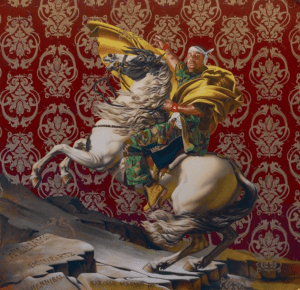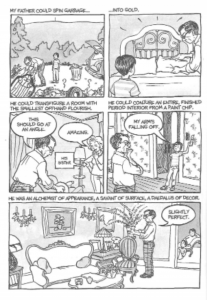How do we decide in our own lives who belongs and who doesn’t?
I don’t think we get to decide for others. I think, first of all, we decided if we belong in a place ourselves. Belonging somewhere means feeling comfortable wherever one is. Somewhere that tends to a person’s needs and comfort. Therefore, I think that when a new person comes into a group, a place, a country, the good thing to do is accept them and make them feel like they belong.
How do cliques operate?
Cliques are groups of people that are very close together and don’t usually let other people join them. I think a clique is formed when there is a common interest in something/things and the people become friends. When it comes to letting other people in, they are more hesitant as they feel they are comfortable enough and don’t want any disruptions.
What potential violence is there in drawing lines between who belongs and who doesn’t?
I think the violence would be that it would make people angry, more so the people who are labelled as “not belonging”. There are then some ways that people protests in order to get their voices heard and get them to be considered as to “belong”
More broadly, who constitutes “we,” especially when it’s so difficult to arrive at and locate a common voice, stance, or attitude on a given issue?
I think that the word “we” is a way to generalise a group of people that includes us or it can mean the world as a whole. I also think that it can be a way to speak metaphorically. “If WE do this then WE can achieve this…”




